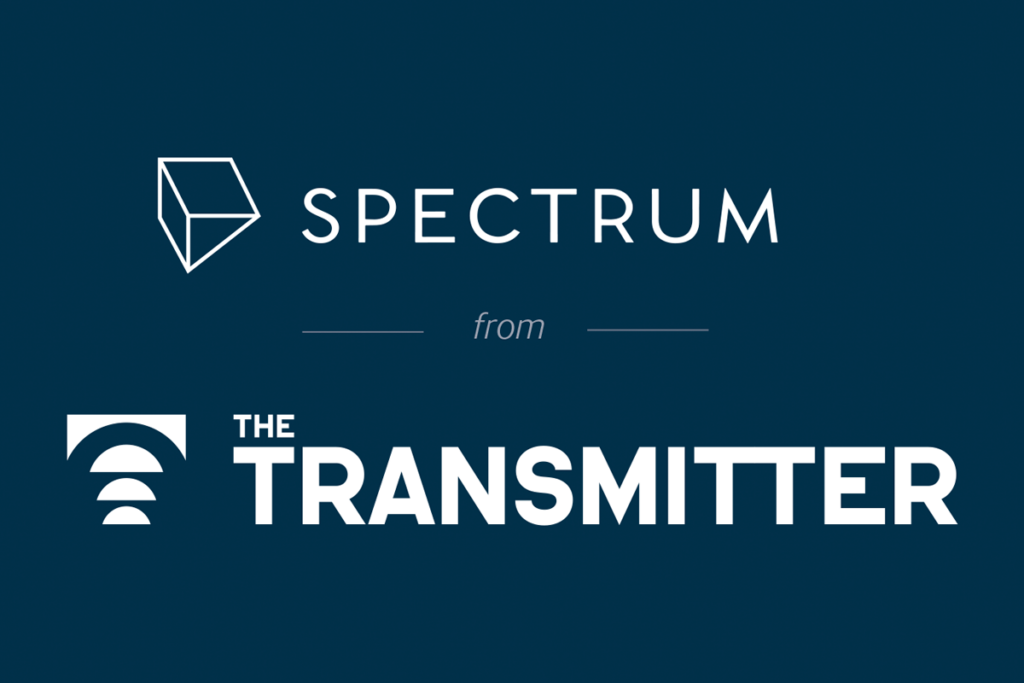Carina Storrs
Freelance Writer
SFARI.org
From this contributor
Clinical research: Seizures common with 15q11-13 duplication
People with duplications of the 15q11-13 chromosomal region, which is linked to certain neurological disorders, can experience a variety of seizures, according to a study published 6 February in Epilepsia. They may also respond better to some seizure medications than others.

Clinical research: Seizures common with 15q11-13 duplication
Genetics: MicroRNA may suppress autism gene expression
A small fragment of RNA may regulate the expression of RORA, a gene implicated in many autism-related pathways, according to a study published 6 February in Scientific Reports.

Genetics: MicroRNA may suppress autism gene expression
Explore more from The Transmitter
Snoozing dragons stir up ancient evidence of sleep’s dual nature
Deep-sleep cycling between brain waves of higher and lower amplitude dates far back on the evolutionary tree, according to a new comparative study of mammals and reptiles.
Snoozing dragons stir up ancient evidence of sleep’s dual nature
Deep-sleep cycling between brain waves of higher and lower amplitude dates far back on the evolutionary tree, according to a new comparative study of mammals and reptiles.
The Transmitter’s most-read neuroscience book excerpts of 2025
Books by Nachum Ulanovsky, Nicole Rust, and Andrew Iwaniuk and Georg Striedter made the list of some of the year's most engaging neuroscience titles.

The Transmitter’s most-read neuroscience book excerpts of 2025
Books by Nachum Ulanovsky, Nicole Rust, and Andrew Iwaniuk and Georg Striedter made the list of some of the year's most engaging neuroscience titles.
Neuroscience’s leaders, legacies and rising stars of 2025
Here are seven stories from the past year about some of the field’s most engaging figures.

Neuroscience’s leaders, legacies and rising stars of 2025
Here are seven stories from the past year about some of the field’s most engaging figures.